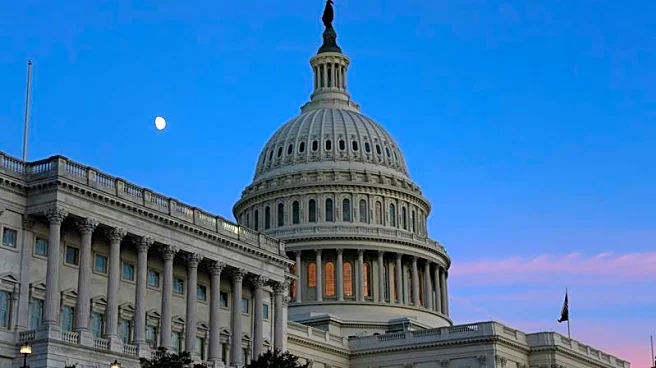What is the story about?
What's Happening?
PIMCO President Christian Stracke has raised concerns about the current state of the corporate direct lending market, identifying 'cracks' that could pose challenges for borrowers. Speaking at the Milken Asia Summit, Stracke noted a growing trend where corporate borrowers are opting for Payment-in-Kind (PIK) arrangements, allowing them to defer cash interest payments. This trend highlights a divergence between corporate and asset-based financing, with the latter being described as a 'healthier' environment due to strong consumer and household financial positions. The aftermath of the 2008 Global Financial Crisis has led to a more robust asset-based financing sector, while corporate borrowers have increased leverage, resulting in less stable balance sheets.
Why It's Important?
The issues highlighted by PIMCO are significant for the U.S. financial landscape, as they underscore potential vulnerabilities in the corporate debt market. The reliance on PIK arrangements suggests that some companies may be struggling with liquidity, which could lead to increased defaults if economic conditions worsen. This situation could impact investors and financial institutions involved in corporate lending. Additionally, the contrast between corporate and asset-based financing reflects broader economic trends, where consumer financial health remains strong, potentially supporting continued economic growth. However, the challenges in corporate lending could pose risks to economic stability if not addressed.
What's Next?
As the Federal Reserve continues to adjust interest rates, the cost of borrowing is expected to decrease, particularly in mortgage rates. This could create new opportunities for PIMCO and other financial institutions to capitalize on the demand for credit. However, the ongoing challenges in the corporate debt market may require lenders and borrowers to renegotiate terms to preserve company value. Stakeholders in the financial sector will likely monitor these developments closely, as they could influence future lending practices and regulatory considerations.
AI Generated Content
Do you find this article useful?














